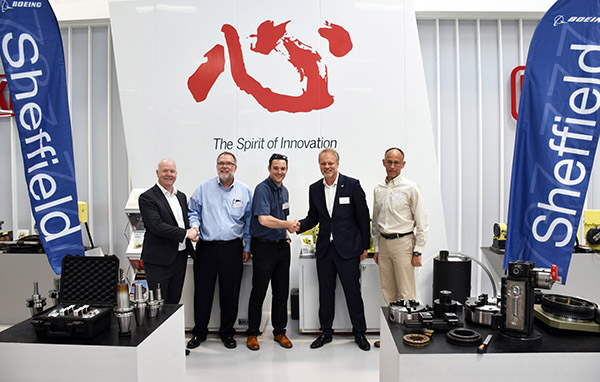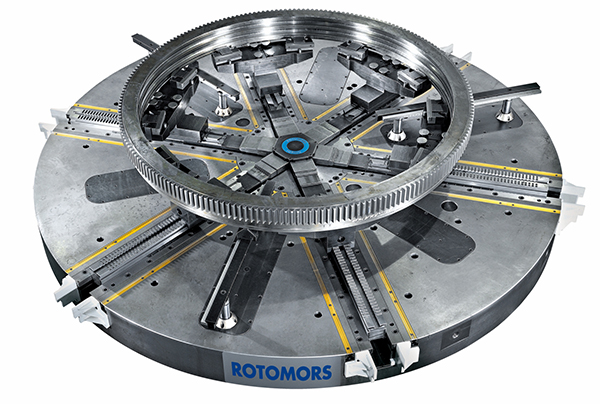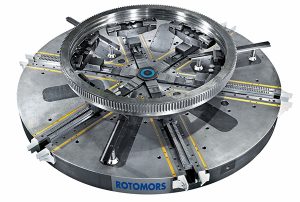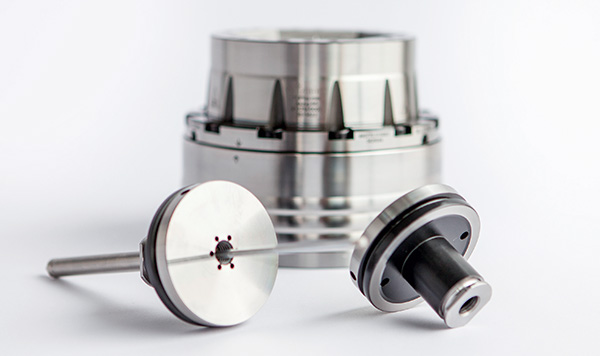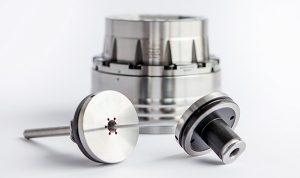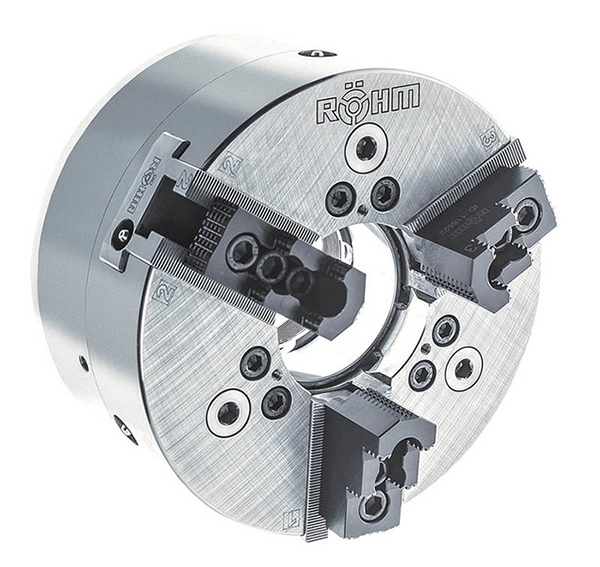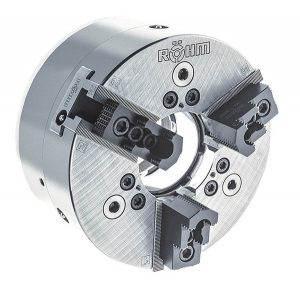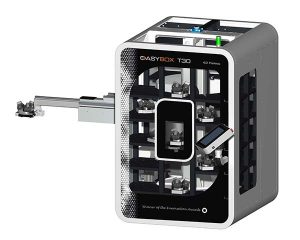At its innovation Centre on the Advanced Manufacturing Park in Sheffield, Nikken Kosakusho Europe recently hosted a visit from Boeing senior executives and engineers to sign a long-term technical partnership between the two companies.
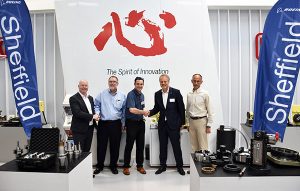
Boeing senior executives Dave Hyem, Don Hendrickson and James Needham are pictured with Nikken Kosakusho Europe director Gary Williamson and European CEO Tony Bowkett, following the signing of an integrator agreement to provide precision tool holders, cutting tools and tool pre-setting solutions to the aerospace giant’s new Sheffield manufacturing facility, the first in Europe, based within the High-Value Manufacturing (HVM) cluster in Sheffield.
As Integrator and technical partner, Nikken will work closely with Boeing’s engineering team to help optimise manufacturing processes and achieve production goals and Industry 4.0 ambitions.
Boeing Sheffield will employ approximately 30 people, including 18 apprentices, when it opens later this year as part of Boeing Commercial Airplanes’ (BCA) fabrication operations, and will work closely with Boeing Portland, a company Centre of Excellence for complex machining, gear systems and flight controls. The manufacture of high-tech components for Boeing’s Next-Generation 737, 737 MAX and 777 aircraft is due to commence at the new facility in September 2018.
“This is a very proud moment for the Nikken European team, resident here on the AMRC park,” says Bowkett. “We have worked tirelessly to put together a total support solution that will allow the Boeing engineers to produce upwards of 10,000 parts per month, supporting its Portland facility in the USA. It’s a great opportunity for our engineering and logistics teams to integrate world-class machine tools and equipment, and to use their knowledge and experience to optimise their performance, resulting in productivity and efficiency gains.”
For further information www.nikken-world.com






